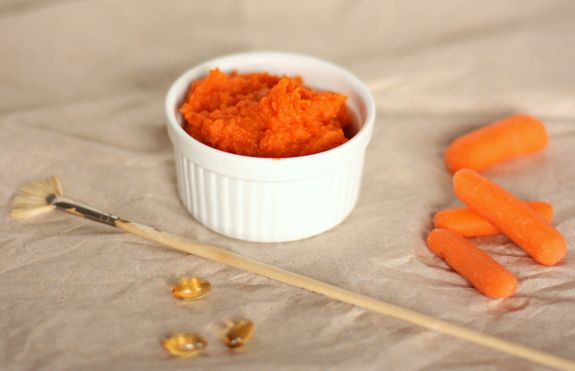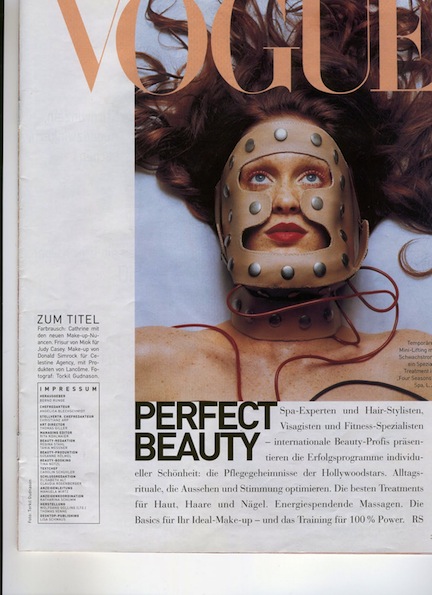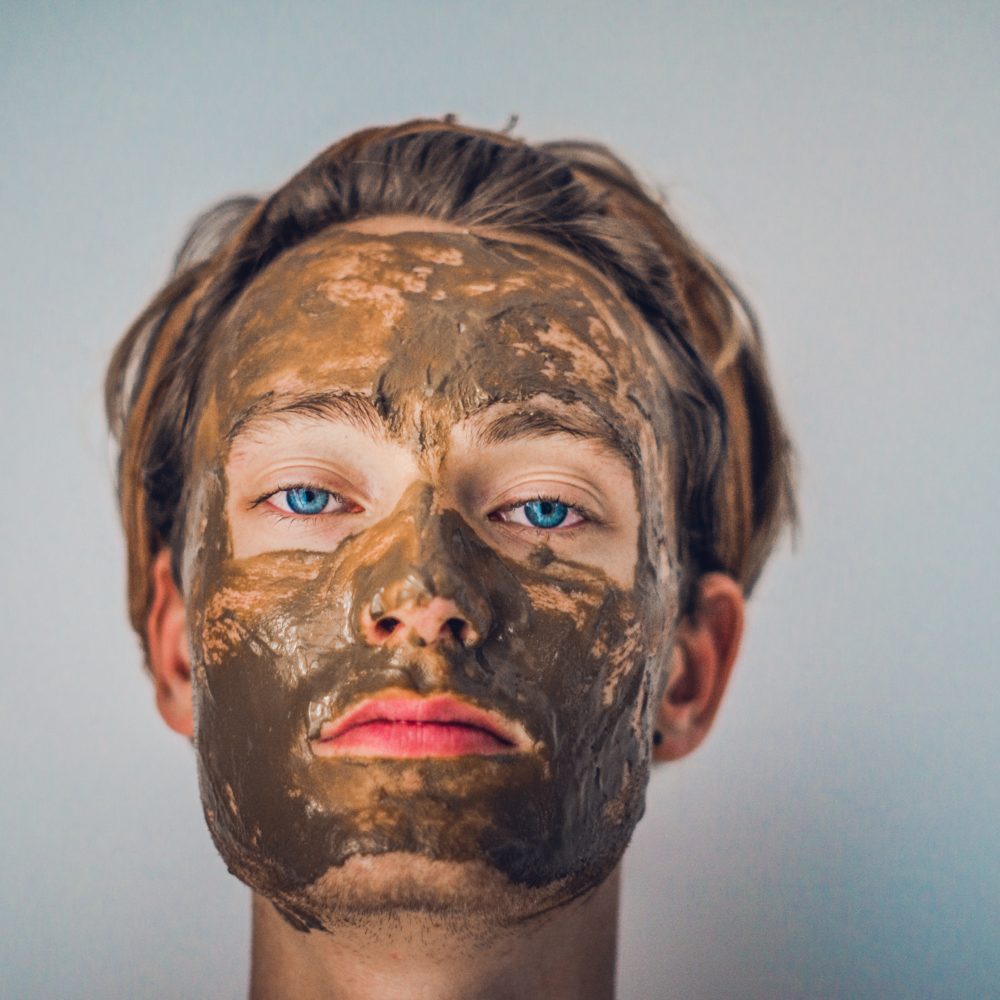Zits, pimples, spots, blemishes- call them what you want but we’ve all had to deal with them at one time or another!
There are many creams, lotions, and gels-both prescription and non- that claim to cure, prevent and treat acne but what really works and why?
Genetics, hormones, stress, and lifestyle all play a part in the condition of our skin. The two most common types of blemishes are cystic acne and comedones. Comedones can be open (commonly called blackheads) or closed ( commonly called whiteheads) but come from the same source, a build up of debris in the skin’s pores. Cystic acne blemishes are large, often painful bumps that start deep under the top layers of the skin.
Comedones are fairly easy to control while cystic blemishes are more severe and often need to be treated with prescription medication. Your esthetician can assess your skin and refer you to a dermatologist if necessary.
Comedones are a result of excess oil from overactive oil glands, dead skin, and external debris clogging the skin’s pores. During a deep cleansing facial the skin is exfoliated (often with a light glycolic peel), then steam is used to dilate the pores before the comedones are gently extracted. Once the skin is deep cleaned, the first step in preventing the build of of the comedones is to clean the face regularly
Begin by washing your face morning and night with a gentle cleanser. Often, it is necessary to wash the face a second time in the evening to ensure removal of makeup, sunscreen and surface debris. A toner is not necessary but an astringent can help control oil in extremely oily skin types.
Exfoliate your skin 2-3 times per week using an enzyme exfoliant. This will remove dead skin and surface debris before it has a chance to clog the pores. Additionally, if your skin produces excess oil, a clay mask can be helpful in absorbing the oil and keeping your skin clear. Apply the mask once a week and allow it to dry before removing it with a warm washcloth.
When dealing with acne, it is important to keep in mind the goal is to balance, not dry, the skin. Wash your face with warm water and use a light moisturizer even if you are prone to breakouts.
Spot treatments are good for drying up existing breakouts and preventing new ones in acne prone areas. The two most effective ingredients are salicylic acid and benzoyl peroxide; try both and see what your skin responds to best.
Regular cleansing facials, light glycolic acid peels and proper home care will help most skin get clear and stay clear!










